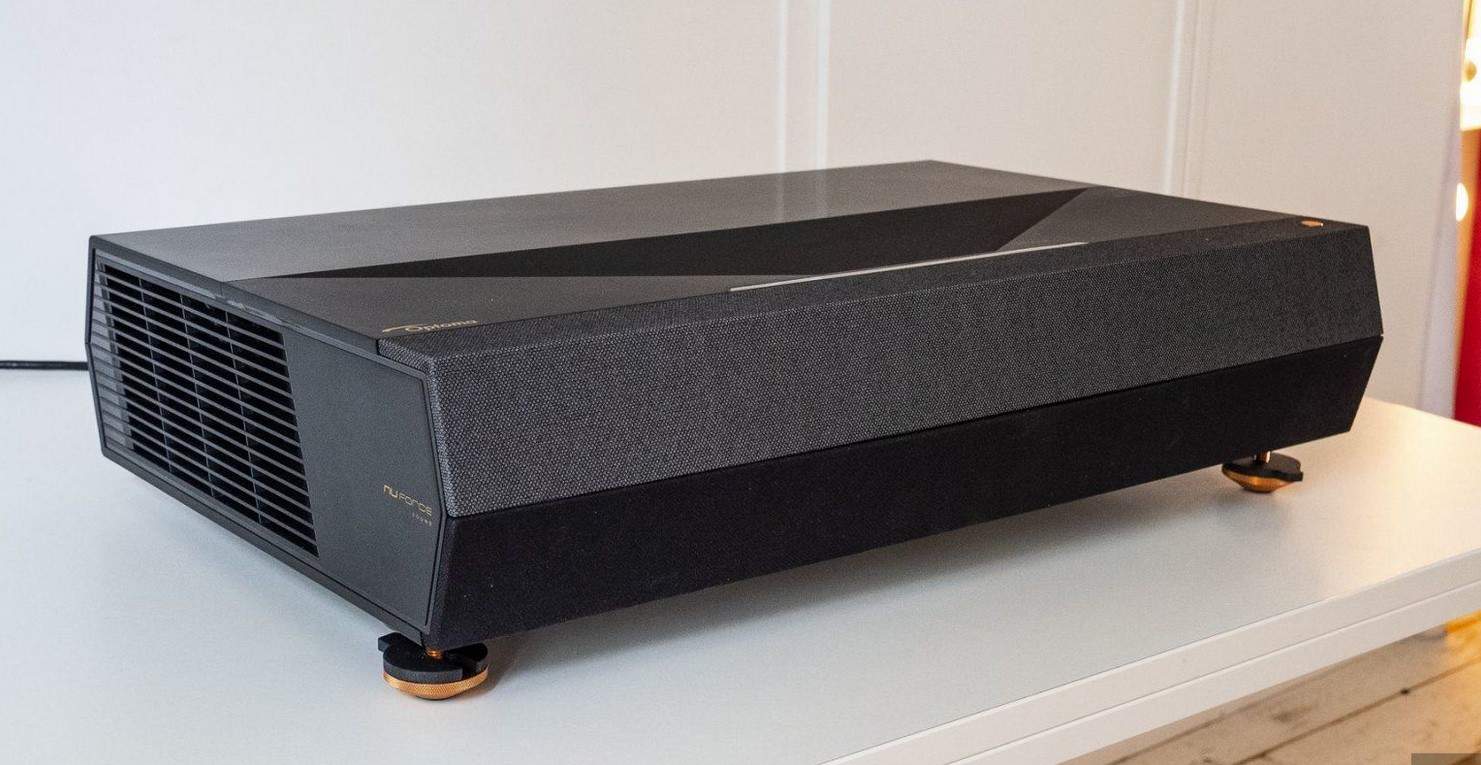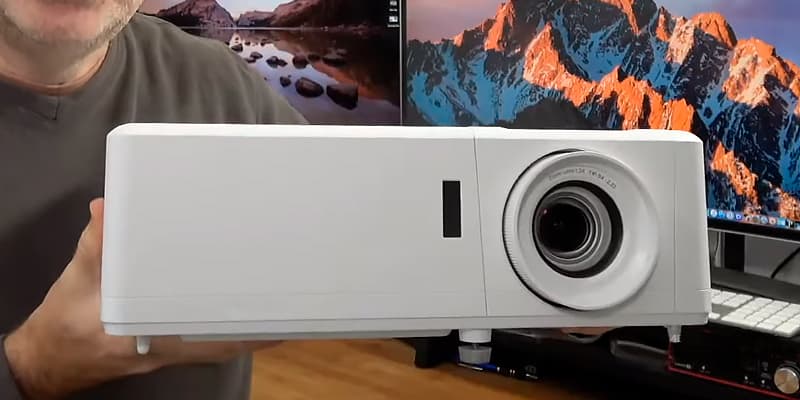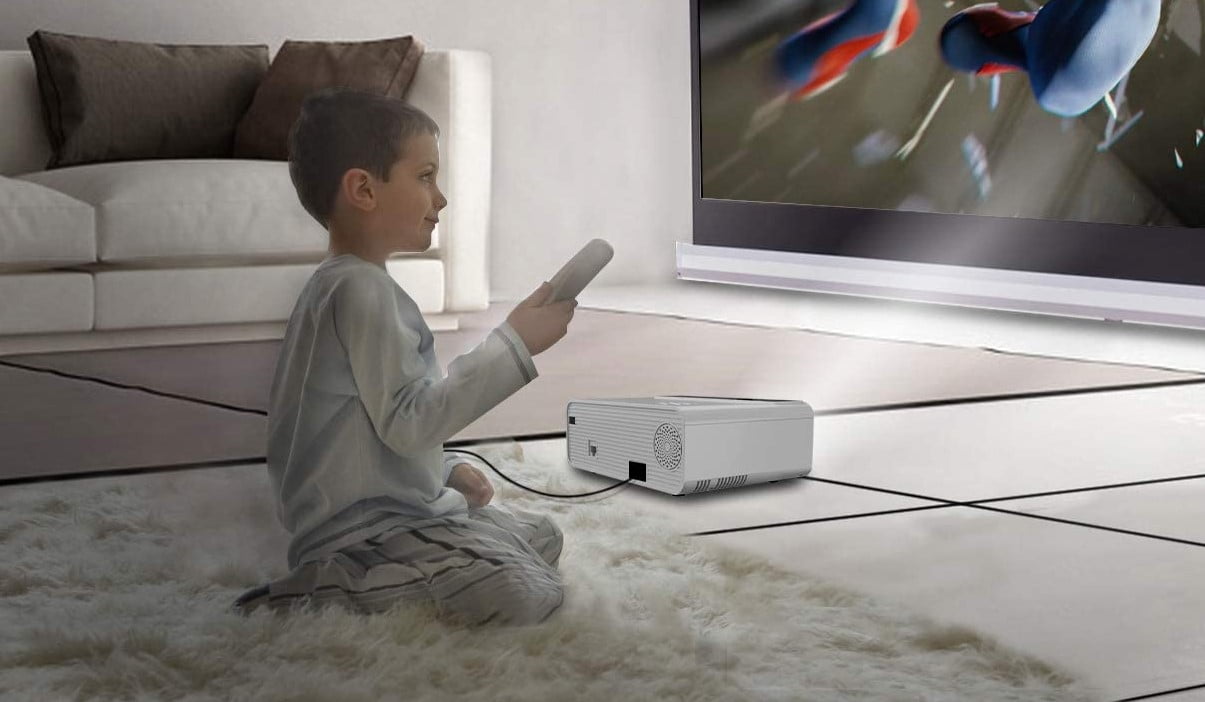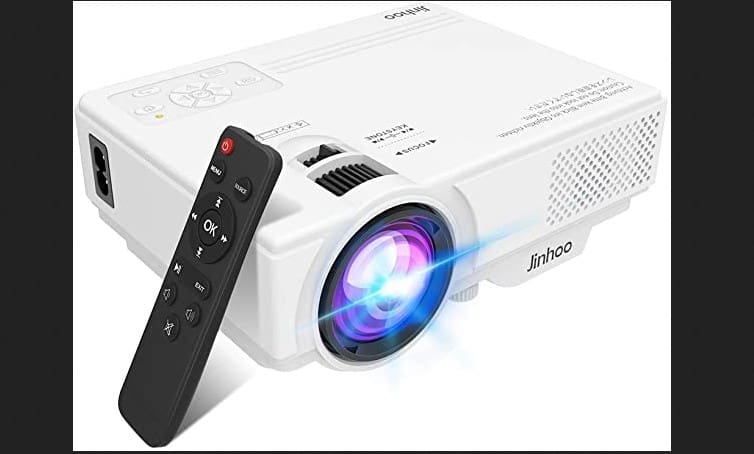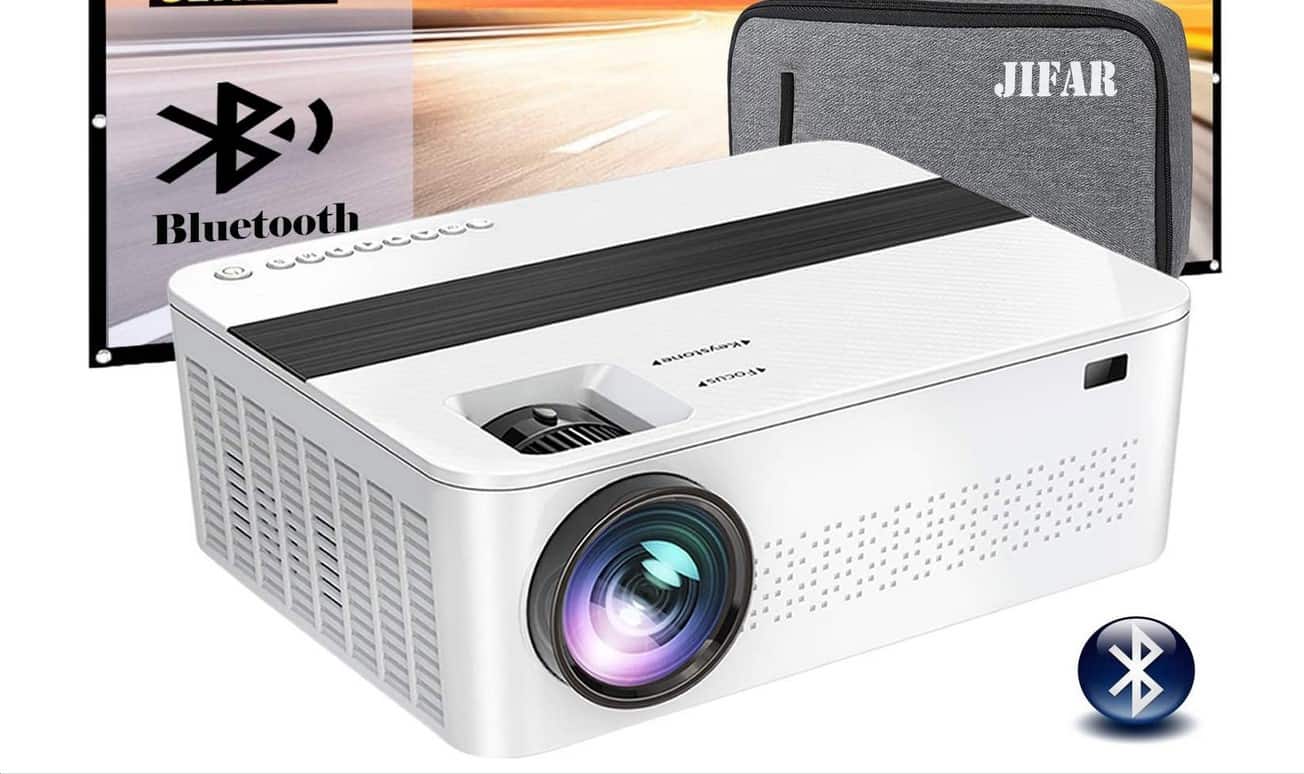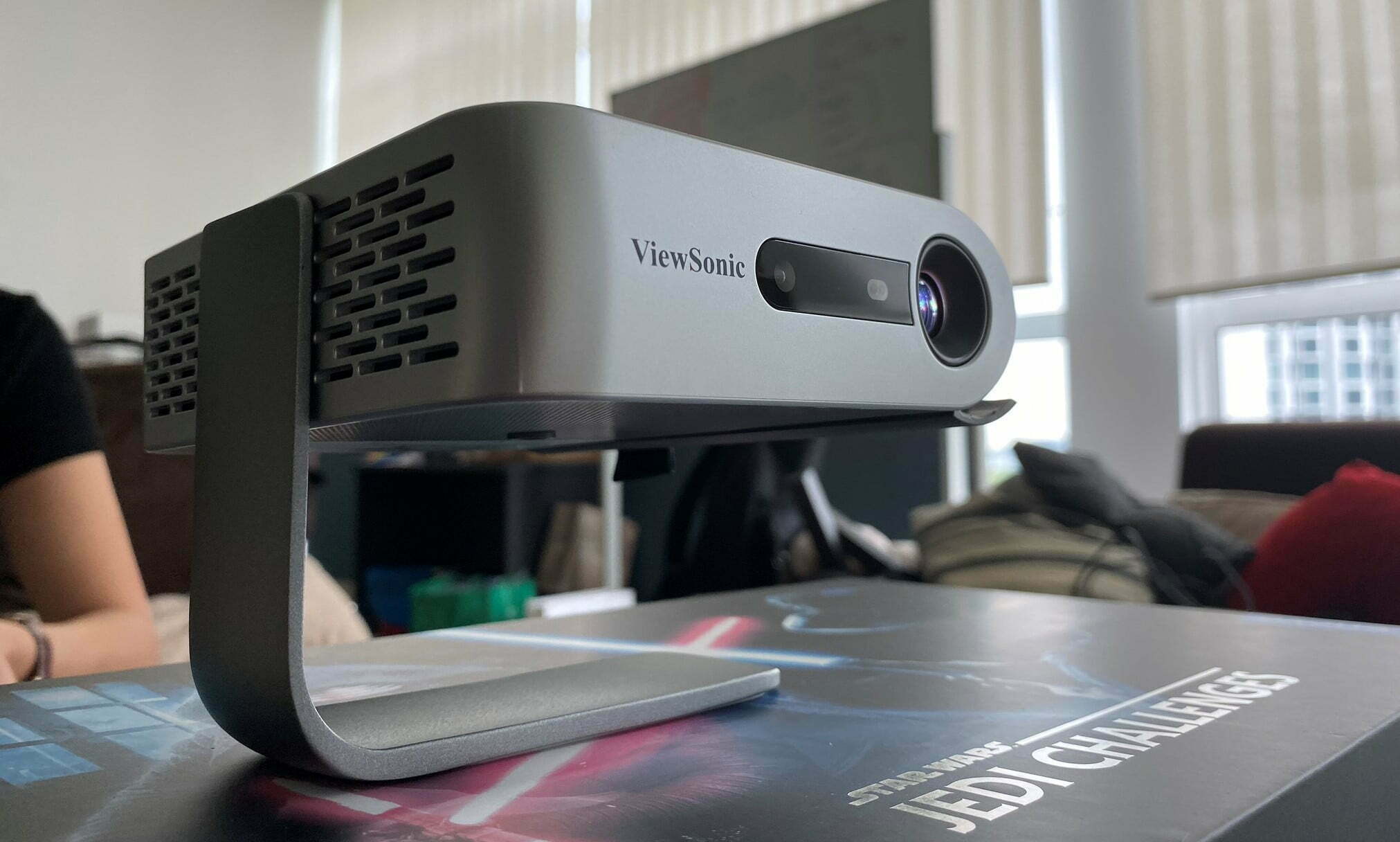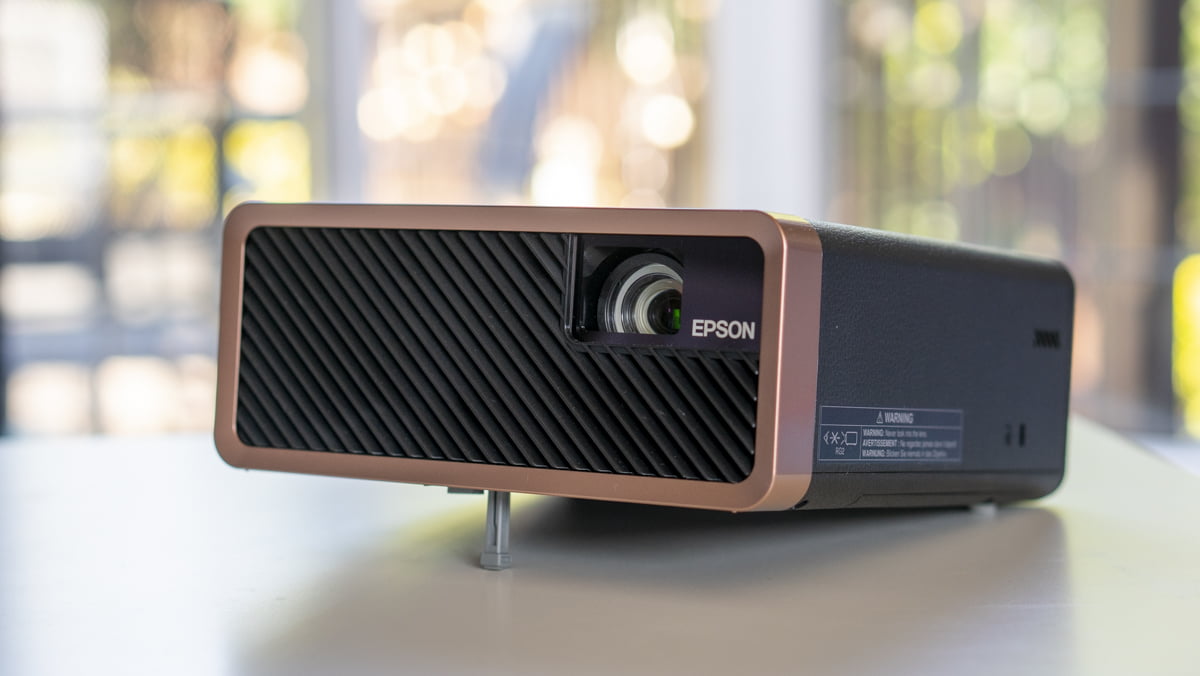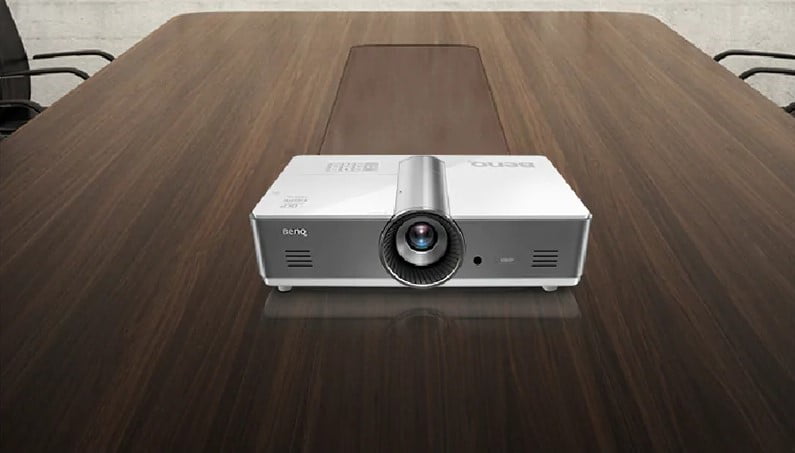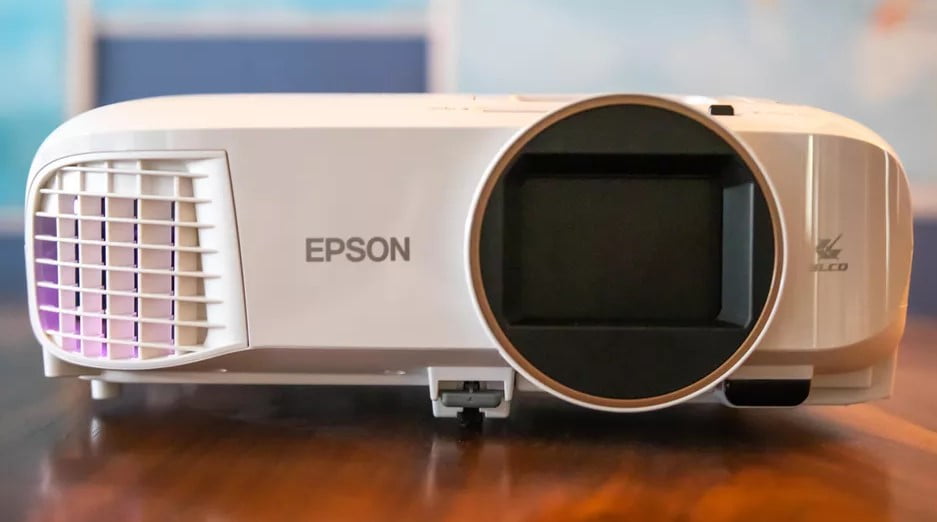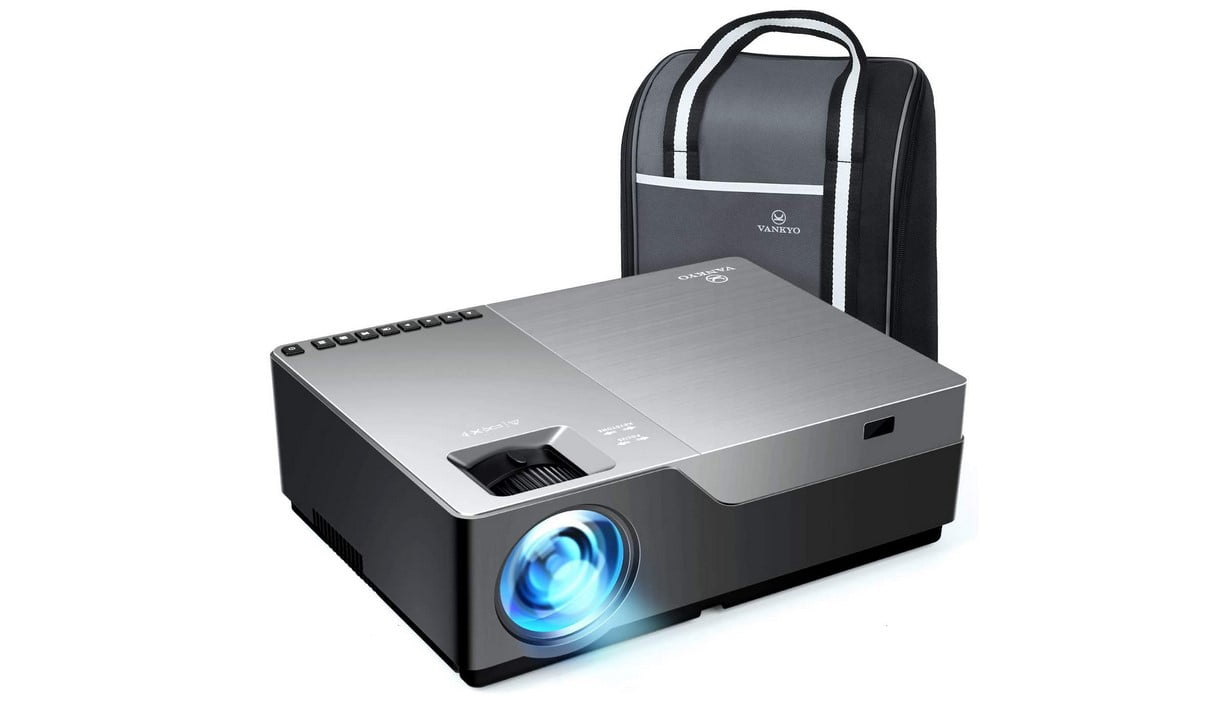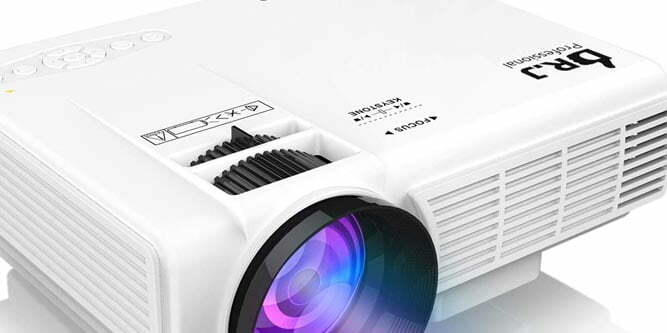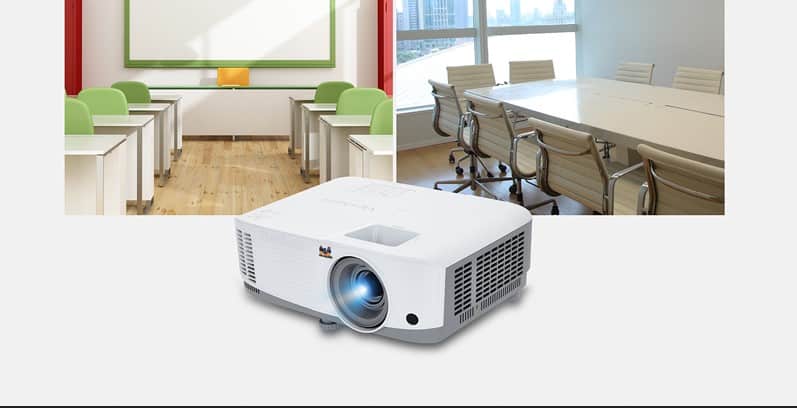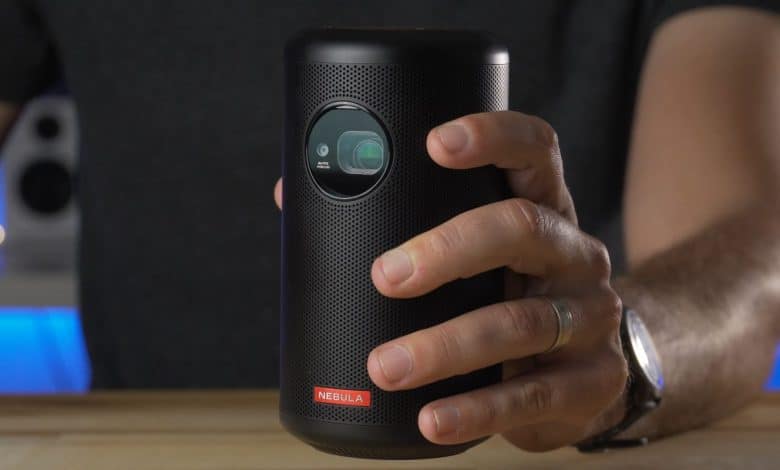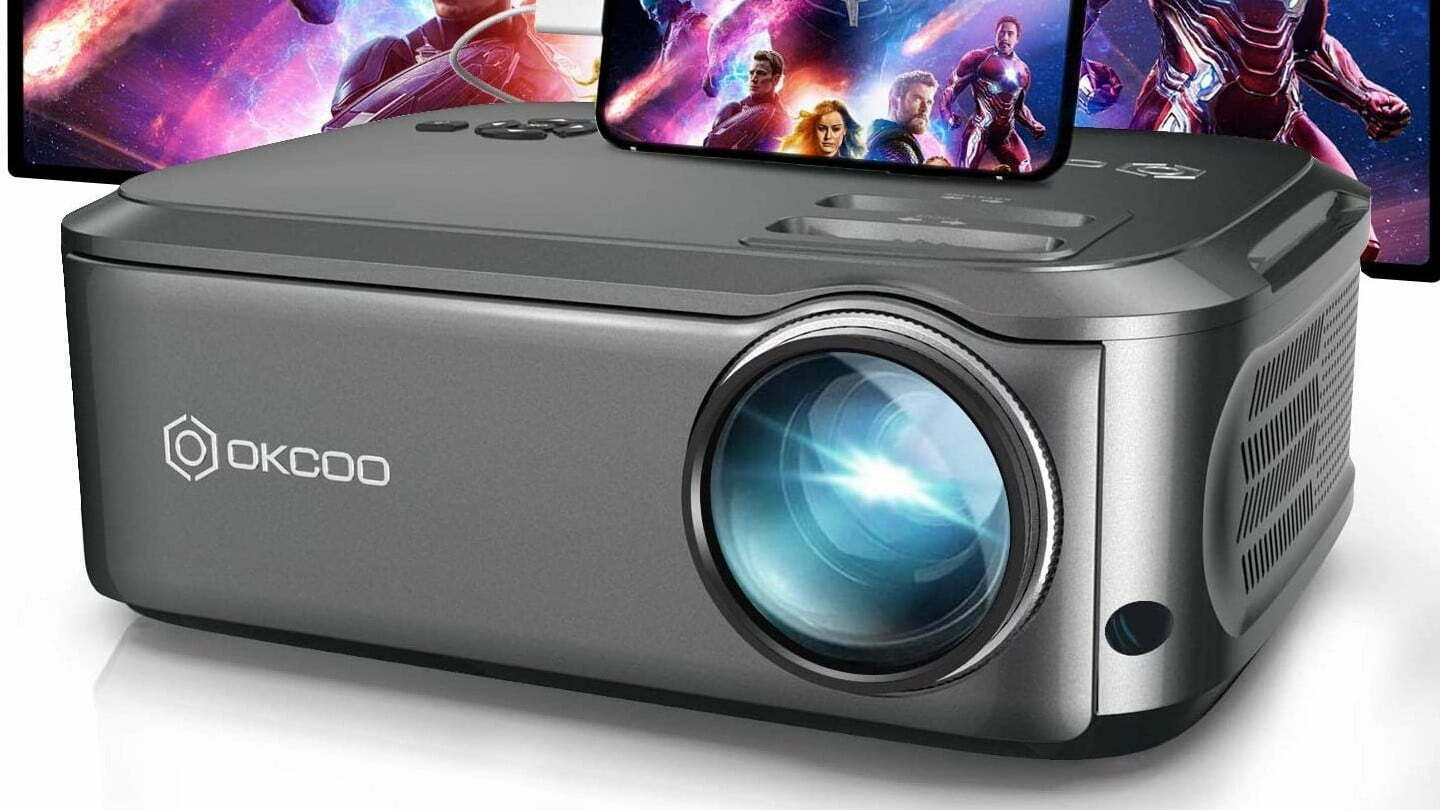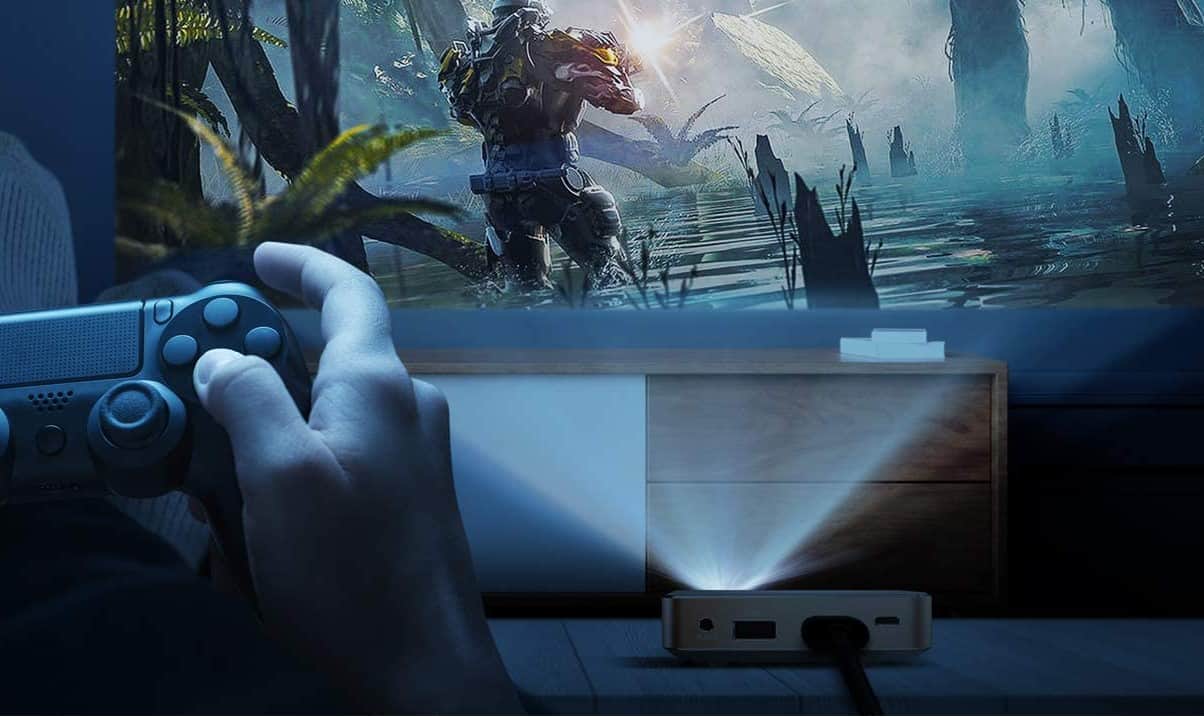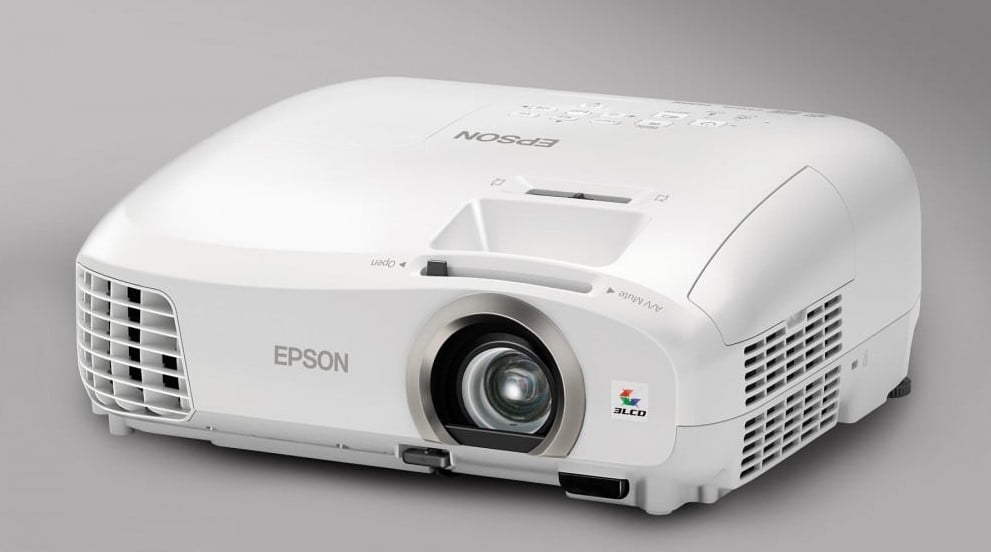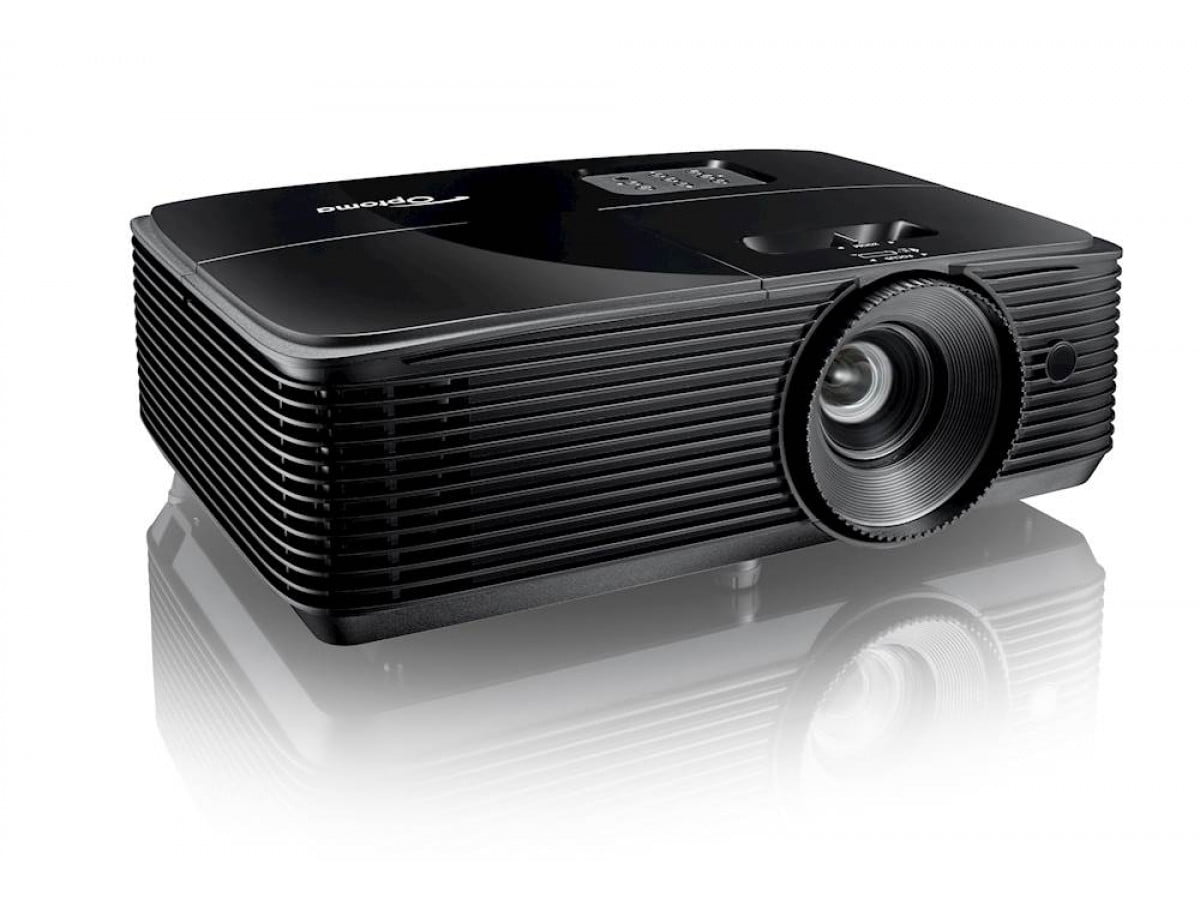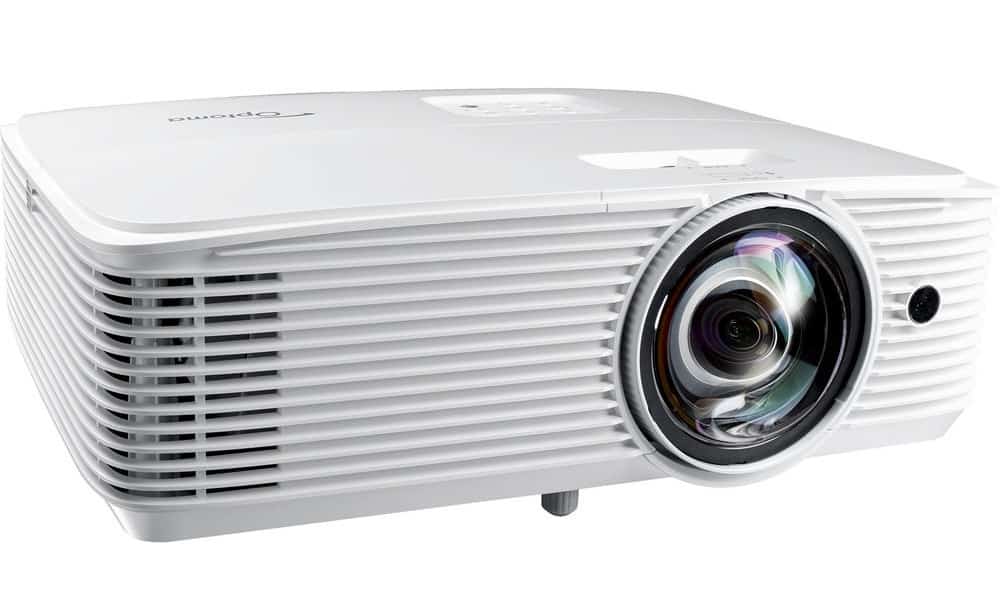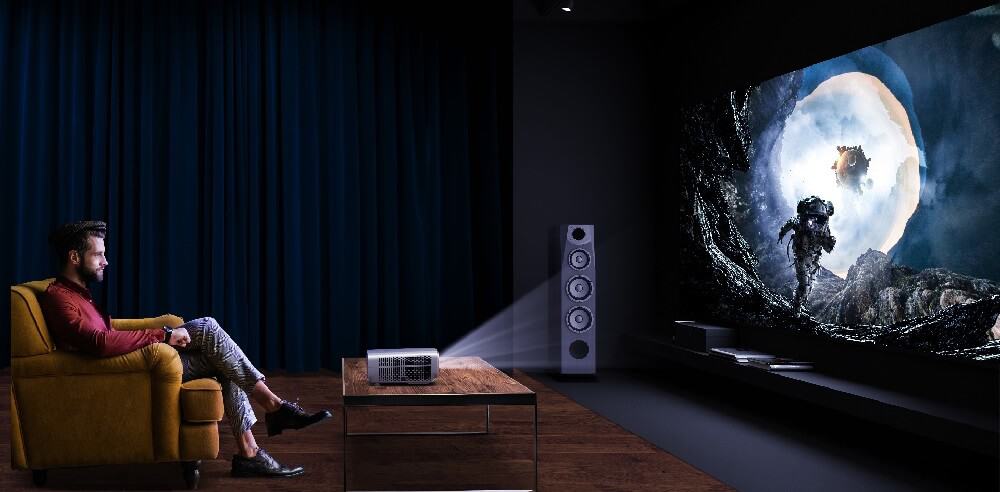If you’re shopping for a premium projector, you need a quality projection surface for an authentic theater experience. In addition, choosing the perfect screen relies on having the right finish and color for the surface. If you end up using projector screen paint, deciding between a gloss vs matte projector screen finish is paramount for a dedicated home theater room. In addition, unless you have a light-controlled room, you’ll immediately notice the difference between a flat or matte projector paint and glossy paint.
KEY TAKEAWAYS:
- A glossy screen is a terrible choice for a dedicated theater space. The shiny surface will create a bright spot and make the picture unwatchable.
- A matte surface is much better for a bright or digital projector image. It produces a perfectly color-balanced picture.
- A matte display is your best choice whether you use a white projector screen or HD projector screen paint.
Comparing Matte and Glossy Finishes on a Projector Screen Surface
That said, you’ll need to decide between a projector screen or projector paint for your home movie theater. Projectors output high amounts of light. A professional projection screen uses a special coating to reflect bright pictures to the audience. While we colloquially call it the “silver screen,” quality screens often have a grey or black matte finish.
Insider Tip
If you want a slight sheen to your painted projection wall, consider mixing in a little semi-gloss paint with your matte paint.
Due to the brightness of most home theater projectors, like 4K and 1080p projectors, most experts do not recommend a glossy finish on your projection surface. Screens with a gloss finish produce a hot spot that washes out color saturation and your black level.
Warning
Never use a dry-erase board as a projector screen. The glare from the projector will make the image unwatchable for the audience.
In contrast, a matte screen is ideal for reproducing colorful images and deeper blacks than glossy surfaces. A grey or white screen with a flat finish also makes a nice picture, assuming a dark viewing area. If you deal with a loss of brightness from ambient light, consider reading our guide to rear panel projector screens vs. front screens for light control.
Picture Quality
Glossy displays are terrible for getting a usable image from your projector. With a shiny white paint or screen, you’ll experience hot-spotting, which is glare from the bright projector light. This washes out the colors and gives you a dull image. Stick with a matte panel or paint if you want the best picture quality for your movie nights.
Ambient Light Control
With a glossy white wall or screen, every beam of ambient light will create a new reflection in the image. Flat paint or screen will maximize the results of even weaker projectors and cut down on glare from windows and cracks in the door.
Viewing Angles
The viewing angle of your screen determines how far viewers can sit from the center screen before it negatively impacts your image. With a glossy screen, a wide viewing angle only introduces more glare.
F.A.Q.S
What About An Accent Wall?
Applying matte paint to an accent wall is an excellent choice for using a portable projector for impromptu movie showings. Painted screens use a neutral color, so they should fit in with the rest of your home decor.
How to Paint a Projector Screen Wall
First, wash the entire wall and smooth it with sandpaper. Then, do another wall wash to clear away any drywall or dust. Then, apply multiple coats of matte projector screen paint, the darker the better. Lastly, apply a single coat of projector screen finish.
What is the Best Color?
If your projector has enough lumens, consider using a black or grey screen to maximize your color vibrance and dynamic range.
STAT: According to PMA Research, the ultra-high lumen professional projectors market grew by 59% during 2019. (source)
REFERENCES:
- https://www.pmaresearch.com/press-releases/worldwide-projector-market-hits-record-high-revenues/
- http://www.restechsystems.com/wp-content/uploads/Hometheatervshomecinema.pdf
- https://www.youtube.com/watch?v=ktRMjvs1PtUr
- https://www.fda.gov/radiation-emitting-products/home-business-and-entertainment-products/laser-light-shows
- https://paintonscreen.com/collections/core-lineup/products/digital-theater-white

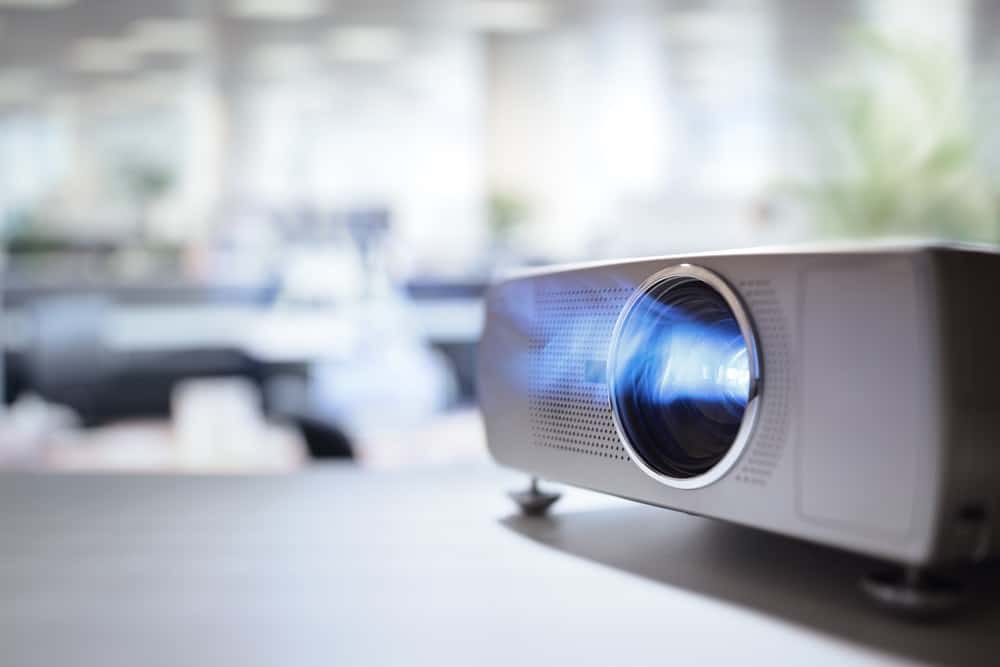














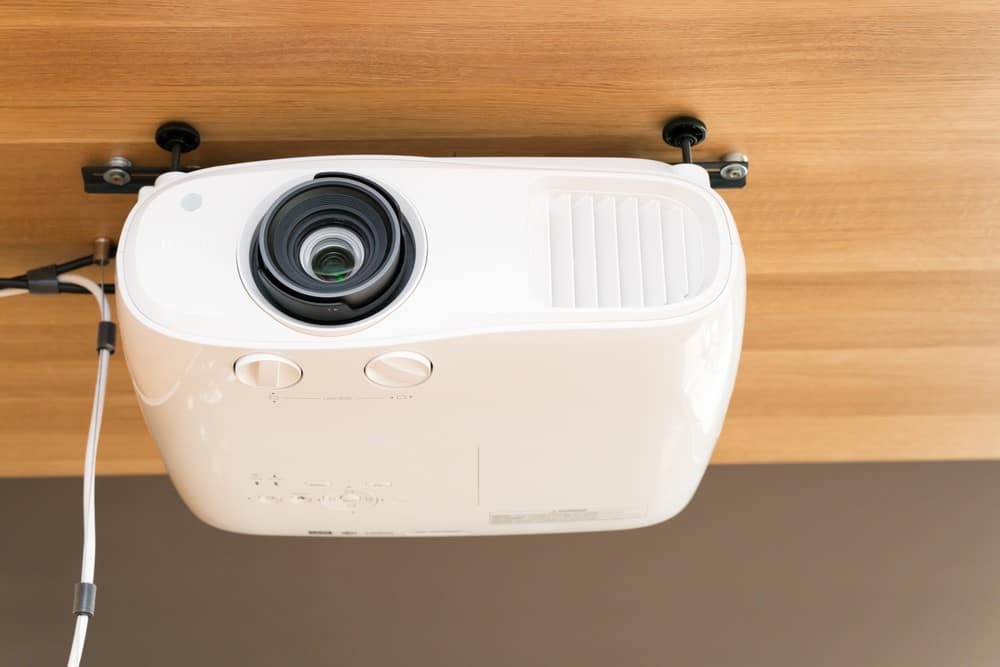
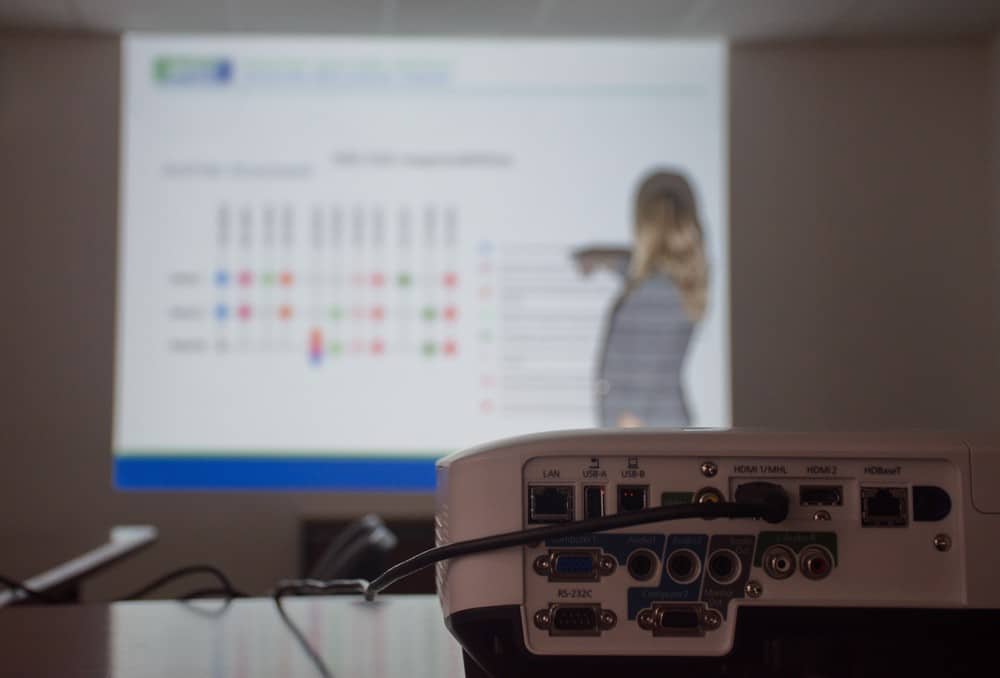
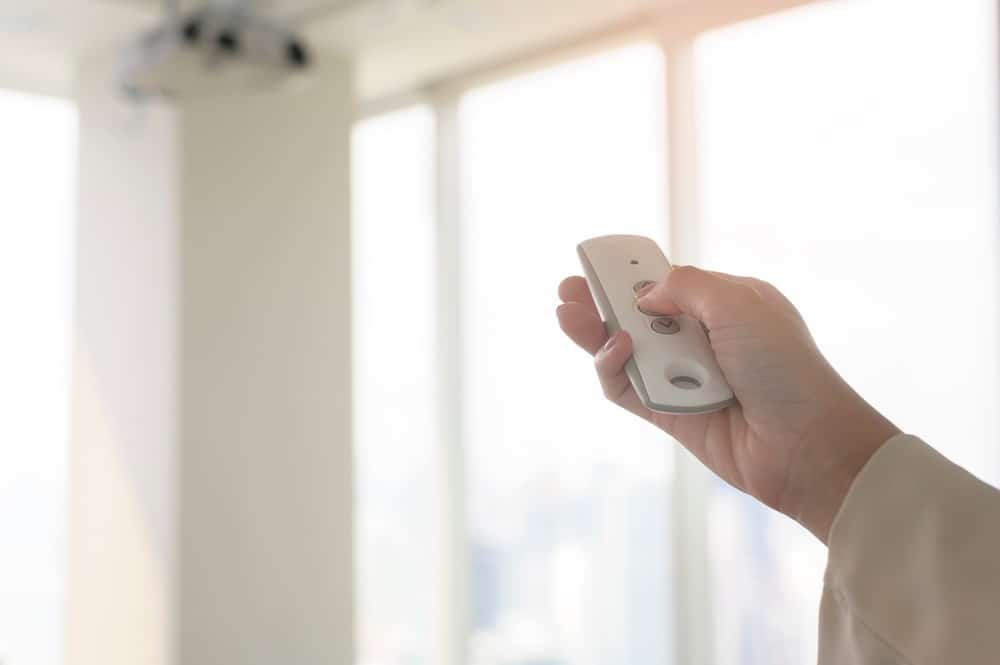


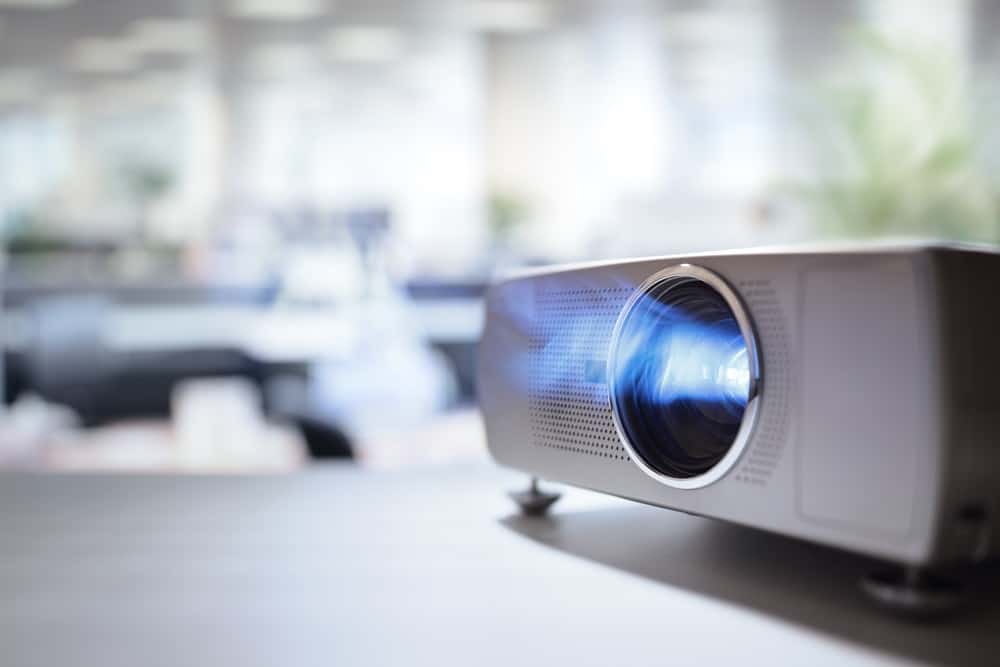
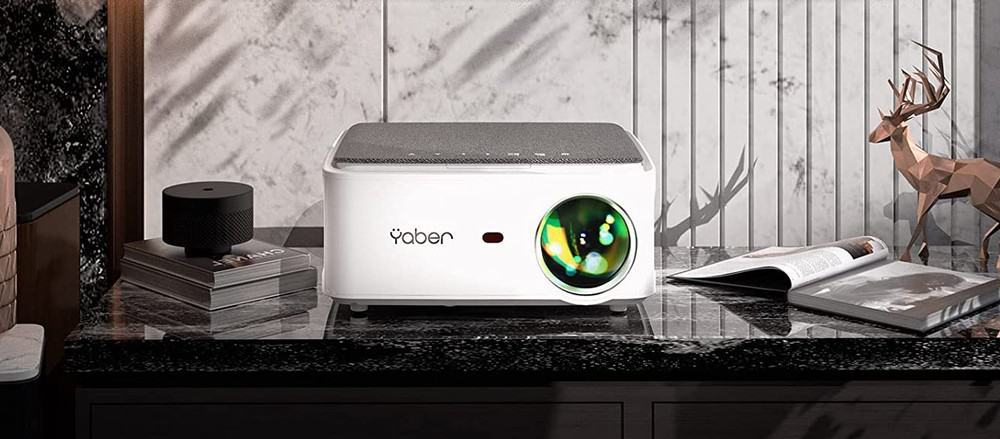
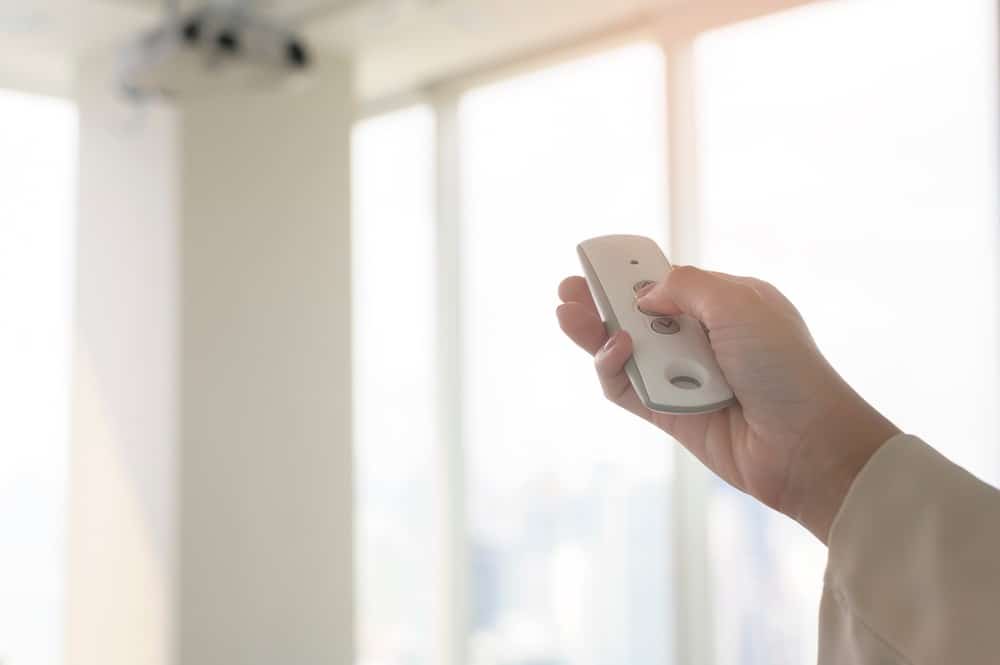
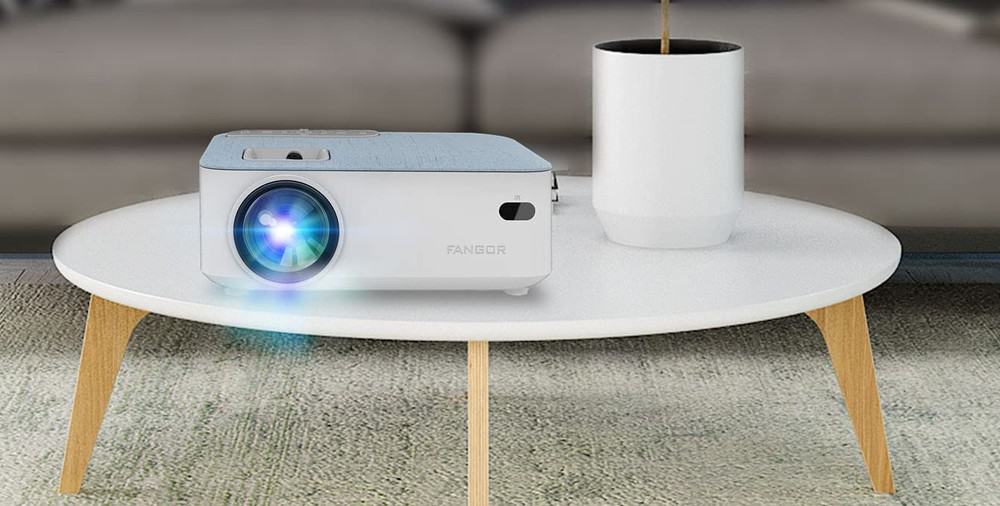
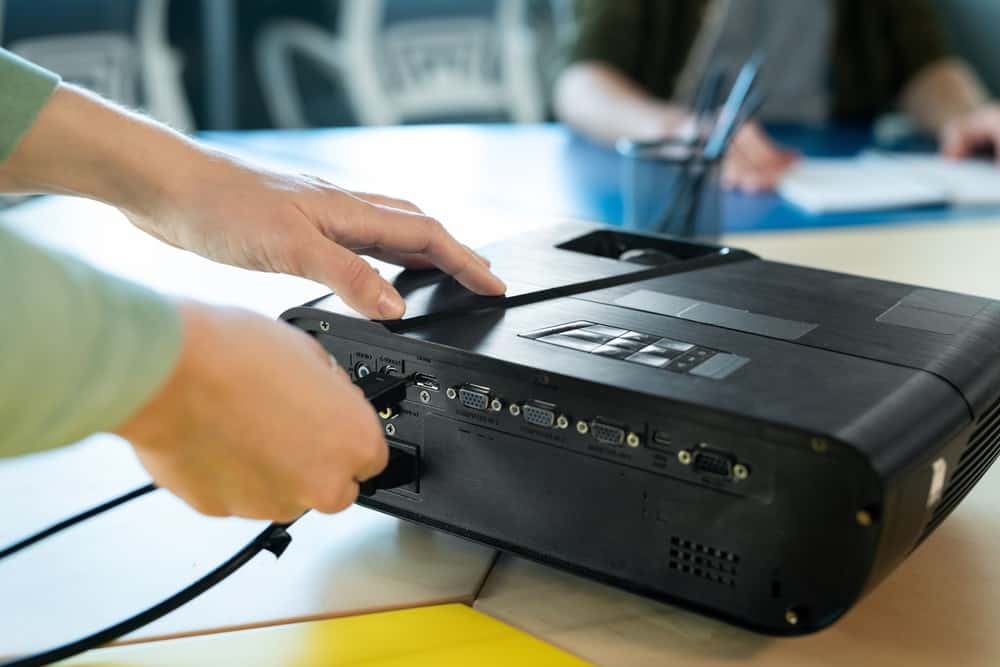
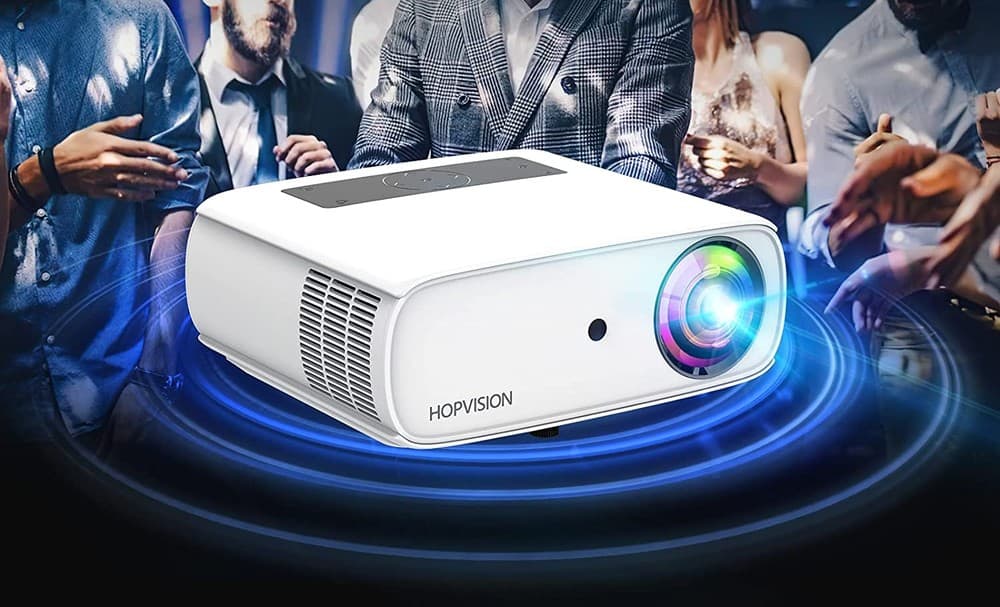

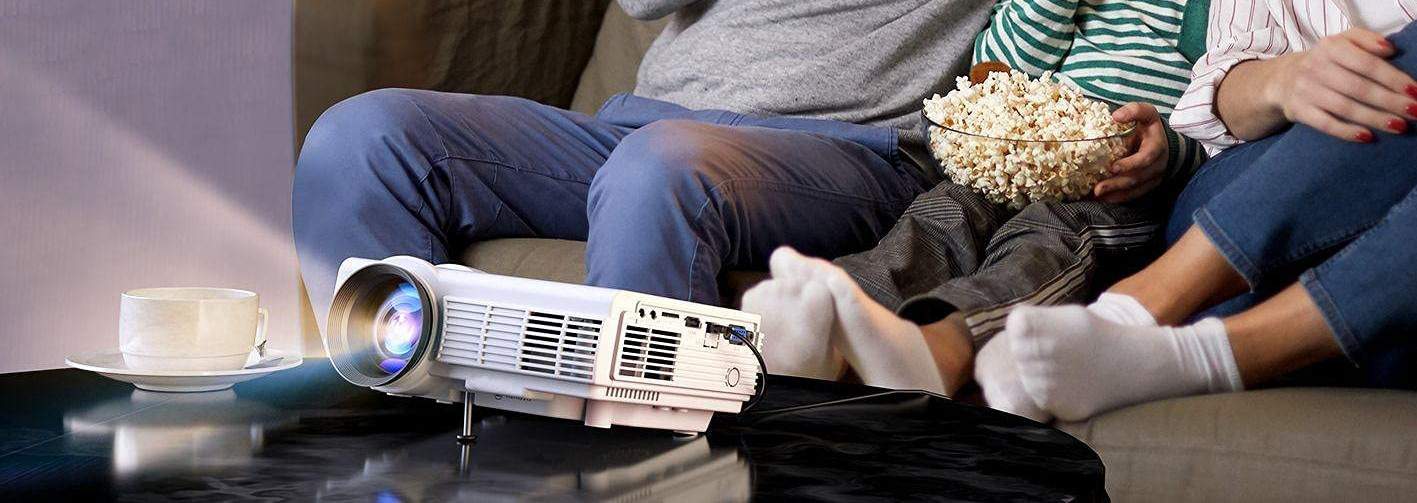
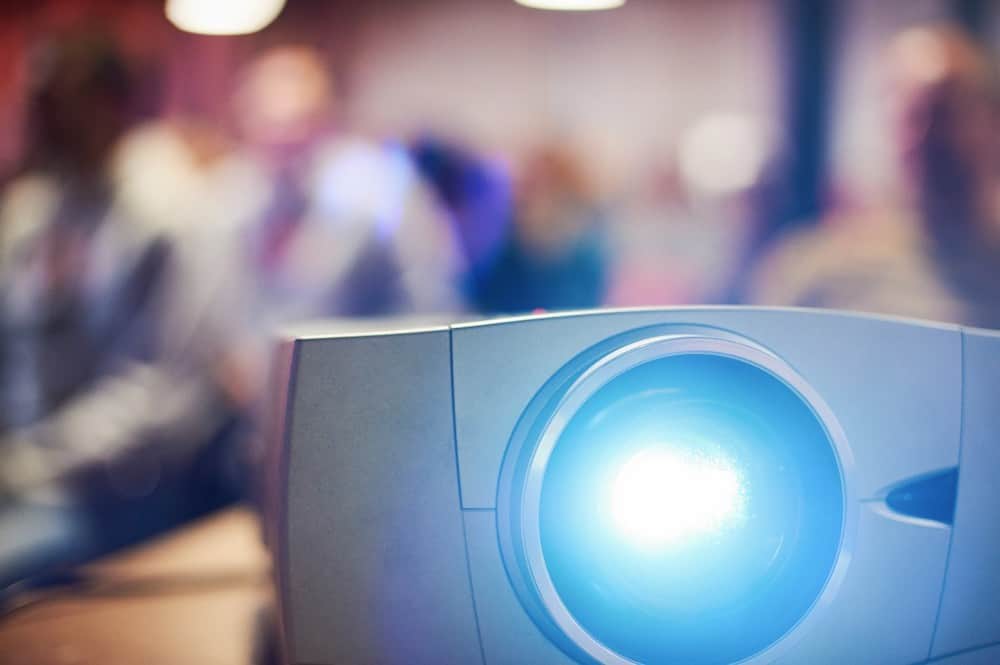
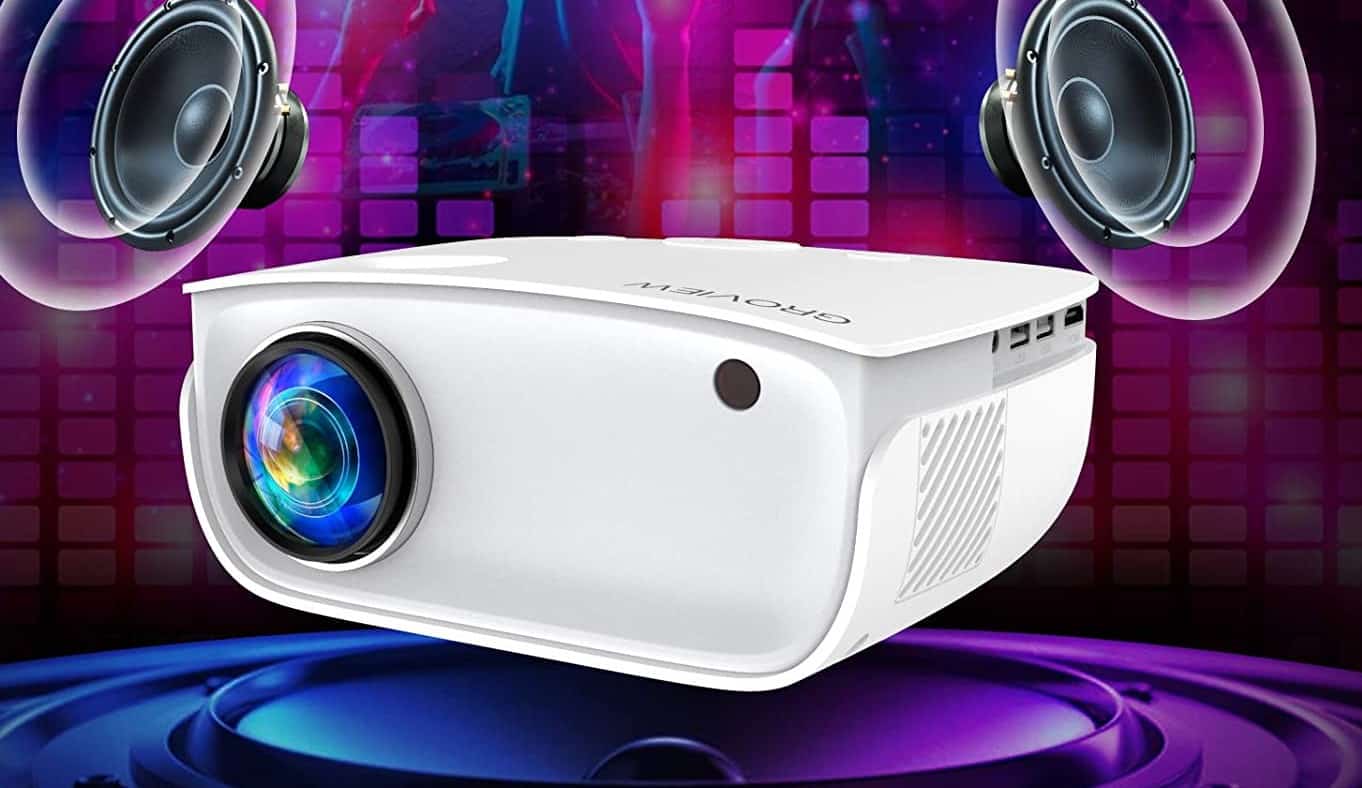
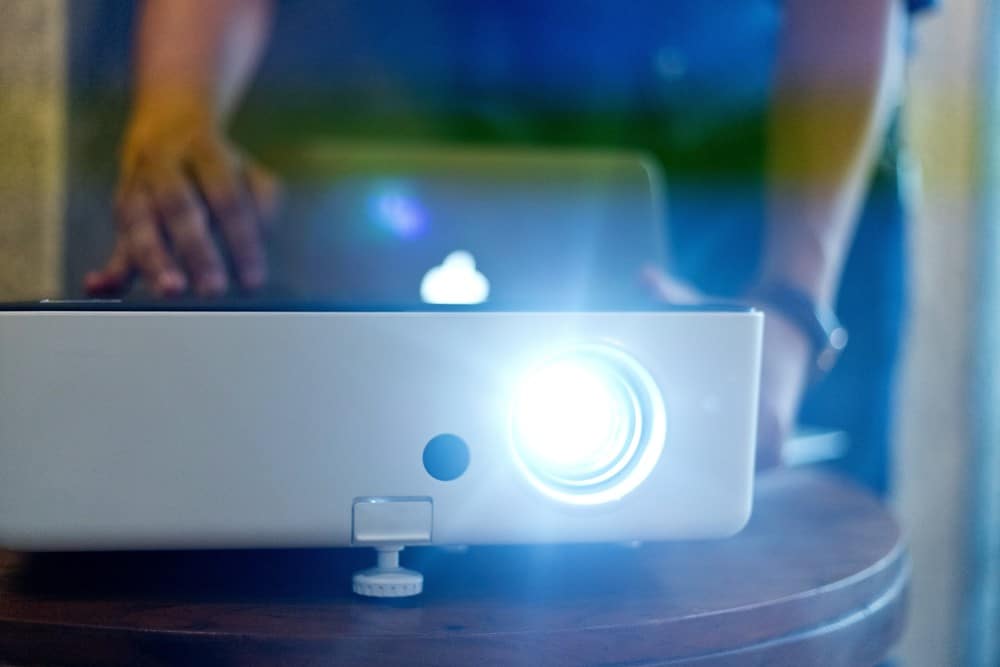

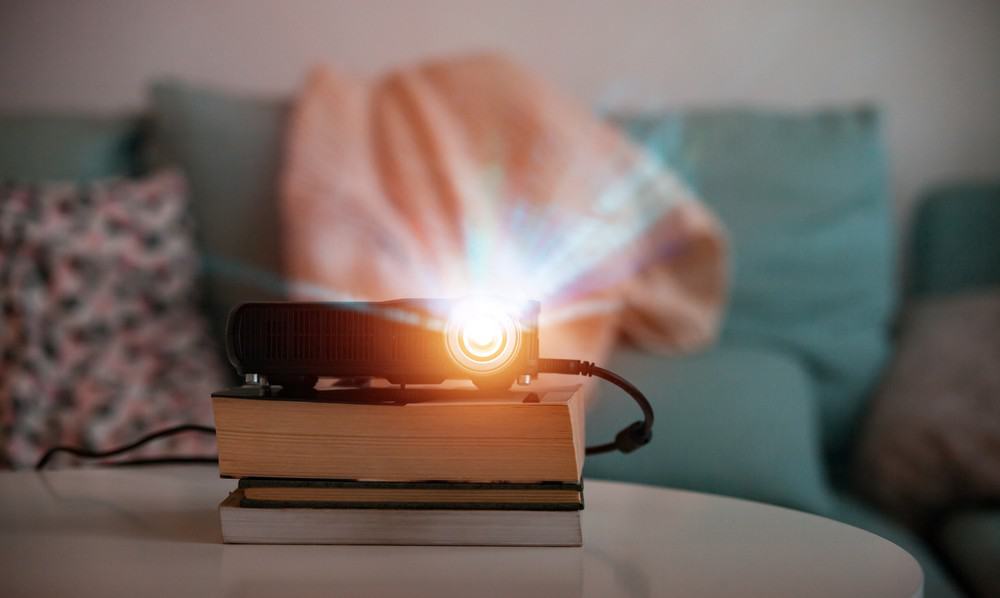
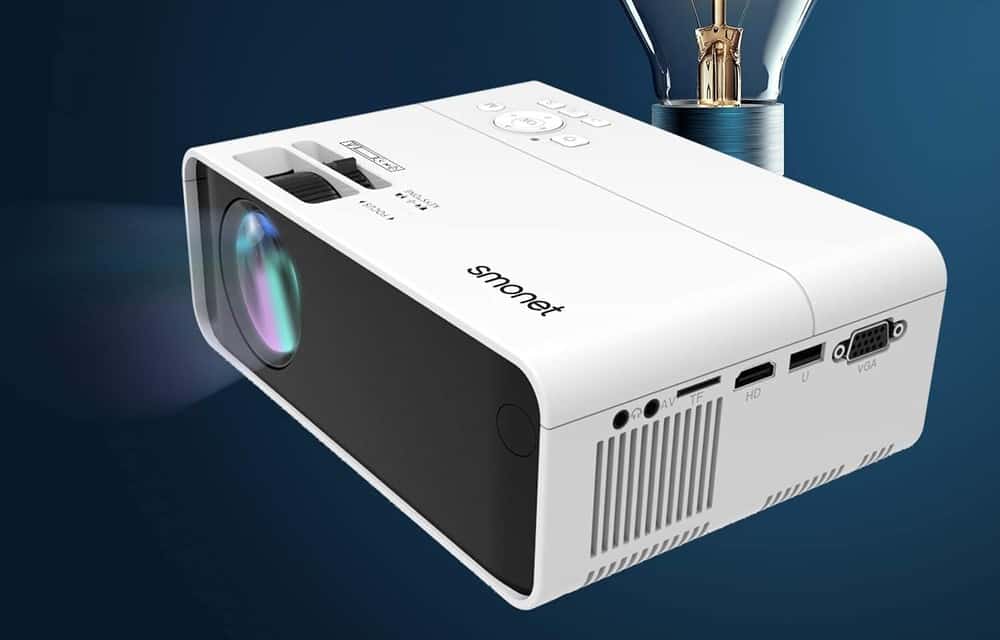
![Best Projectors for Daylight Viewing in [year] 27 Best Projectors for Daylight Viewing in 2025](https://www.gadgetreview.dev/wp-content/uploads/best-projector-for-daylight-viewing-image.jpg)
![Best Samsung Projectors in [year] 28 Best Samsung Projectors in 2025](https://www.gadgetreview.dev/wp-content/uploads/best-samsung-projectors-image.jpg)
![Best NEC Projectors in [year] 29 Best NEC Projectors in 2025](https://www.gadgetreview.dev/wp-content/uploads/best-nec-projectors-image.jpg)
![Best Acer Projectors in [year] 30 Best Acer Projectors in 2025](https://www.gadgetreview.dev/wp-content/uploads/best-acer-projectors-image.jpg)
![Best Quiet Projectors in [year] 31 Best Quiet Projectors in 2025](https://www.gadgetreview.dev/wp-content/uploads/best-quiet-projector-image.jpg)
![Best Projectors for Golf Simulator in [year] 32 Best Projectors for Golf Simulator in 2025](https://www.gadgetreview.dev/wp-content/uploads/best-projector-for-golf-simulator-image.jpg)
![Best Conference Room Projectors in [year] 33 Best Conference Room Projectors in 2025](https://www.gadgetreview.dev/wp-content/uploads/best-conference-room-projector-image.jpg)
![Best InFocus Projectors in [year] 34 Best InFocus Projectors in 2025](https://www.gadgetreview.dev/wp-content/uploads/best-infocus-projectors-image.jpg)
![Best Mini Projector in [year] ([month] Reviews) 35 Best Mini Projector in 2025 (December Reviews)](https://www.gadgetreview.dev/wp-content/uploads/best-mini-projector-image.jpg)
![Best Panasonic Projectors in [year] 36 Best Panasonic Projectors in 2025](https://www.gadgetreview.dev/wp-content/uploads/best-panasonic-projectors-image.jpg)
![Best Sony Projectors in [year] 37 Best Sony Projectors in 2025](https://www.gadgetreview.dev/wp-content/uploads/best-sony-projectors-image.jpg)
![Best Projector Stands in [year] 38 Best Projector Stands in 2025](https://www.gadgetreview.dev/wp-content/uploads/best-projector-stand-image.jpg)
![Best Ultra Short Throw Projectors in [year] 39 Best Ultra Short Throw Projectors in 2025](https://www.gadgetreview.dev/wp-content/uploads/best-ultra-short-throw-projector-image.jpg)
![Best Projectors for a Living Room in [year] 40 Best Projectors for a Living Room in 2025](https://www.gadgetreview.dev/wp-content/uploads/best-projector-for-living-room-image.jpg)
![Best RCA Projectors in [year] 41 Best RCA Projectors in 2025](https://www.gadgetreview.dev/wp-content/uploads/best-rca-projectors-image.jpg)
![Best Optoma Projectors in [year] 42 Best Optoma Projectors in 2025](https://www.gadgetreview.dev/wp-content/uploads/best-optoma-projectors-image.jpg)
![Best BenQ Projectors in [year] 43 Best BenQ Projectors in 2025](https://www.gadgetreview.dev/wp-content/uploads/best-benq-projectors-image.jpg)
![Best Projectors for Church in [year] 44 Best Projectors for Church in 2025](https://www.gadgetreview.dev/wp-content/uploads/best-projector-for-church-image.jpg)
![Best Projectors for Classroom in [year] 45 Best Projectors for Classroom in 2025](https://www.gadgetreview.dev/wp-content/uploads/best-projector-for-classroom-image.jpg)
![Best Epson Projectors in [year] 46 Best Epson Projectors in 2025](https://www.gadgetreview.dev/wp-content/uploads/best-epson-projector-image.jpg)
